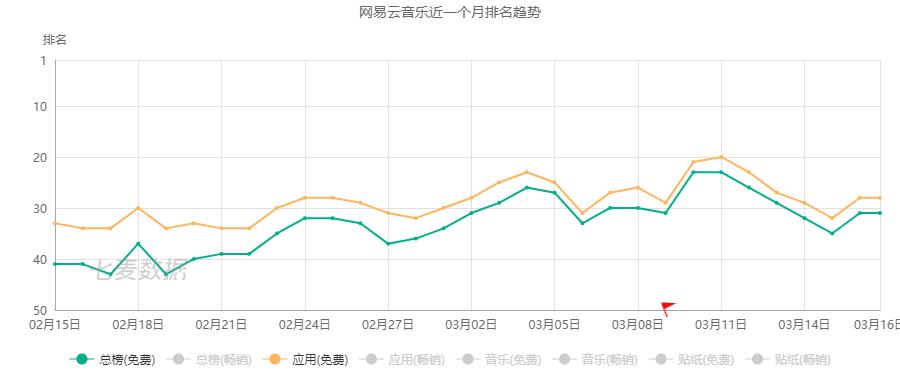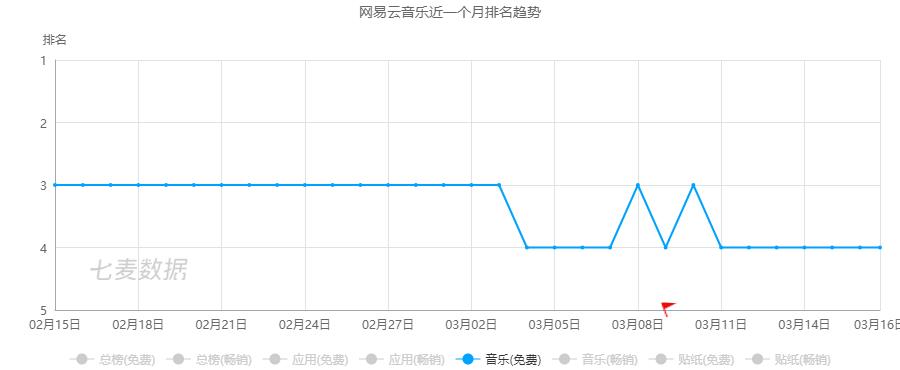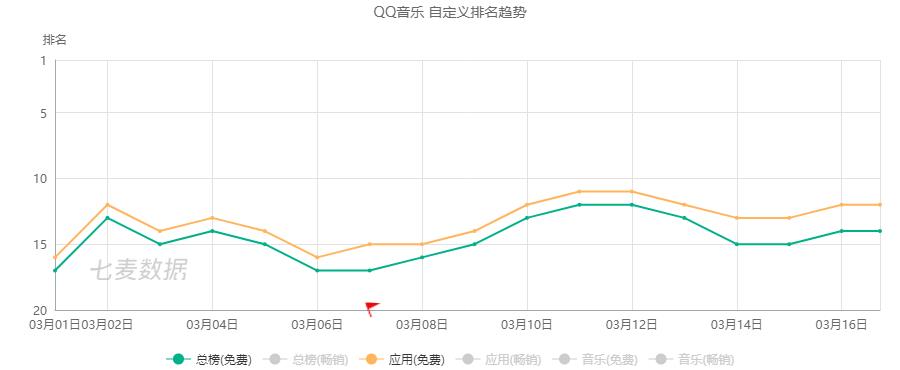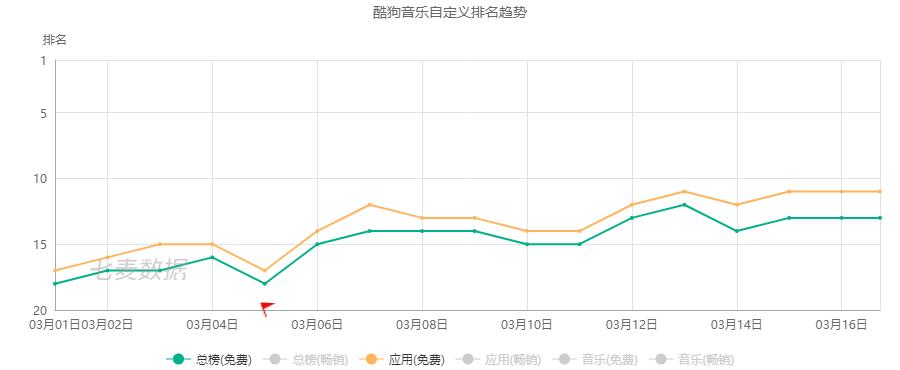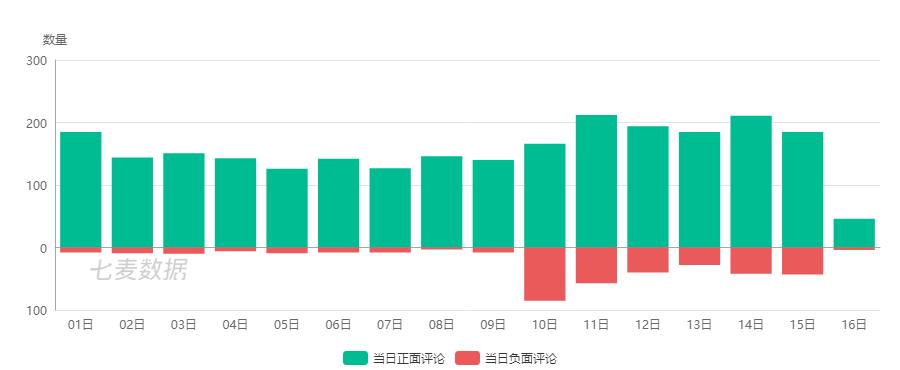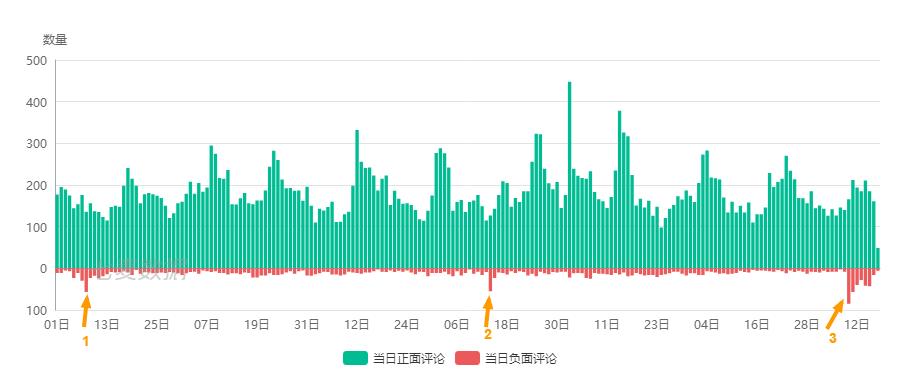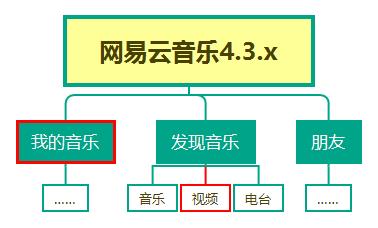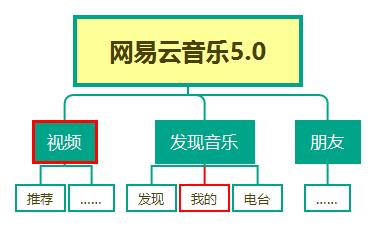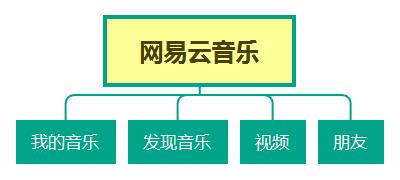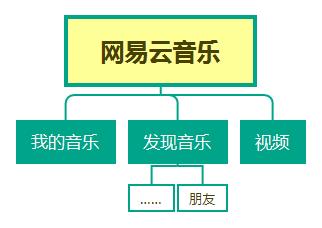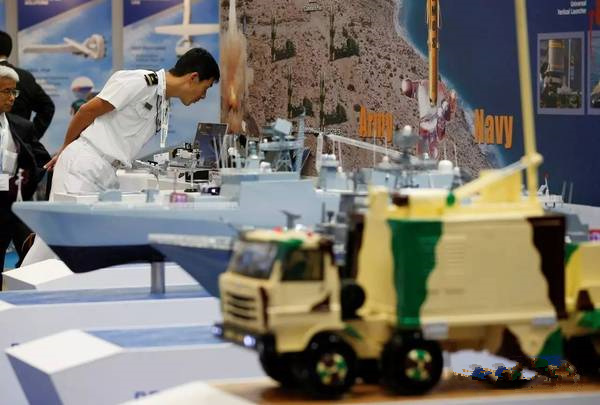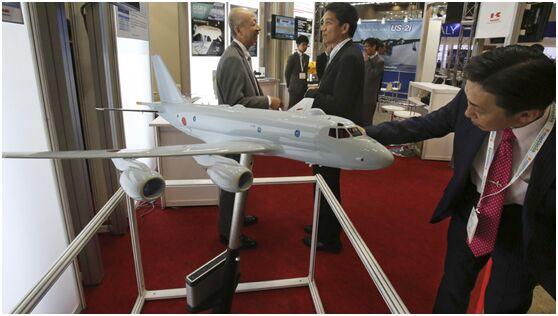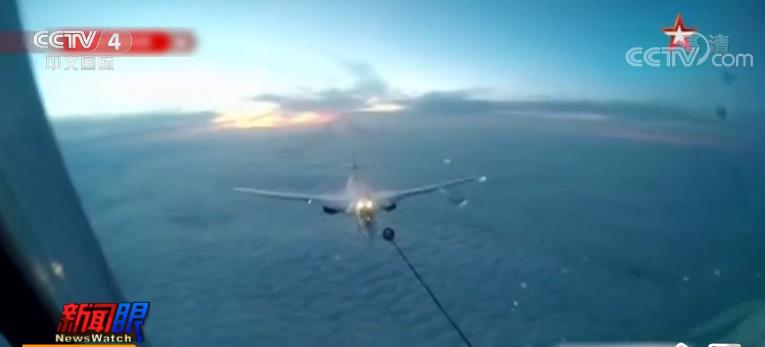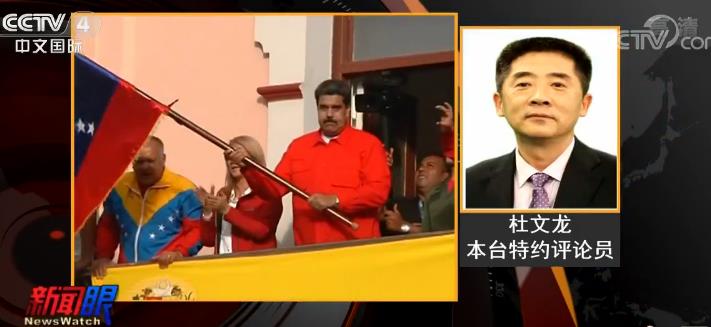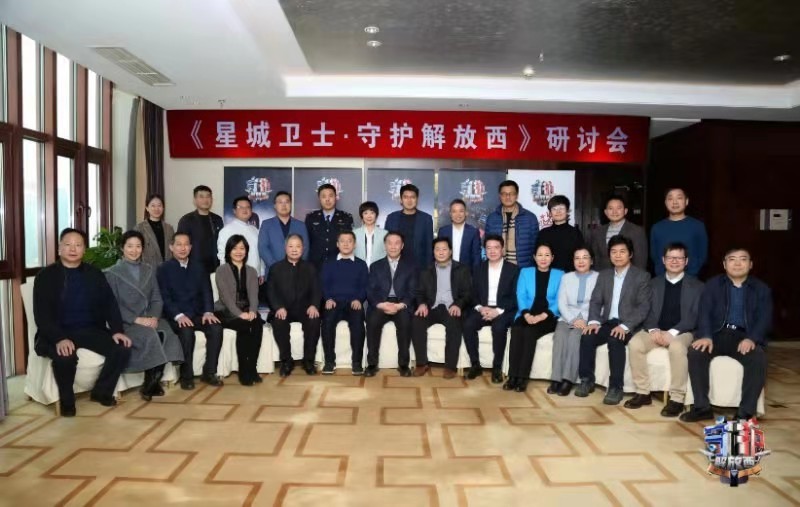the first In order to strengthen the prevention of meteorological disasters, avoid and reduce the losses caused by meteorological disasters, and protect people’s lives and property safety, these Provisions are formulated in accordance with the Meteorological Law of People’s Republic of China (PRC), the Regulations on the Prevention of Meteorological Disasters and the Regulations on the Prevention of Meteorological Disasters in Guangdong Province, combined with the actual situation of this province.
the second Those who issue meteorological disaster warning signals within the administrative region of this province and the sea areas under their jurisdiction shall abide by these provisions.
The meteorological disaster warning signal of these Provisions (see Annex) is the unified signal of meteorological disaster prevention in this province.
Meteorological disaster warning signals are composed of names, icons, meanings and defense guidelines, which are divided into typhoon, rainstorm, high temperature, cold, fog, haze, thunderstorm and gale, road icing, hail, forest fire and so on.
Article Meteorological disaster warning signals shall be uniformly issued by the meteorological offices and stations subordinate to the competent meteorological departments at or above the county level. No organization or individual may disseminate to the public the meteorological disaster warning signals provided by meteorological stations subordinate to non-competent meteorological departments.
Meteorological offices and stations subordinate to the competent meteorological departments at or above the county level shall, according to the weather changes, update or cancel the early warning signals of meteorological disasters in a timely manner, and notify the relevant emergency departments and rescue units of the people’s governments at the corresponding levels.
Article 4 Radio, television, new media and relevant communication operating units shall timely broadcast meteorological disaster warning signals or related information provided by meteorological stations subordinate to the competent meteorological departments. The relevant communication operation units shall ensure the smooth transmission of meteorological disaster early warning signals transmitted through their public communication networks. The specific measures for broadcasting meteorological disaster warning signals shall be formulated by the provincial competent meteorological department in conjunction with the provincial radio, television and communication industry management departments.
Article 5 People’s governments at all levels should strengthen the construction of infrastructure for disastrous weather monitoring and forecasting system, meteorological disaster early warning signal broadcasting system and defense system, and constantly improve the local early warning level, broadcasting quality and defense capability.
Article 6 People’s governments at all levels and relevant departments shall refer to the defense guidelines in the early warning signals of meteorological disasters, and formulate specific measures to prevent meteorological disasters in combination with local and departmental conditions.
Article 7 People’s governments at all levels, relevant departments and news media shall publicize meteorological disaster warning signals in various ways to improve public awareness and ability of disaster prevention and mitigation.
Article 8 Units and individuals shall, in accordance with these provisions and the provisions of the local people’s government or the relevant competent departments, take measures to actively defend against, avoid or reduce disaster losses.
Article 9 In violation of the provisions of article third and article fourth, any of the following acts shall be punished by the competent meteorological departments at or above the county level in accordance with the relevant provisions of the Regulations on the Prevention of Meteorological Disasters; Constitute a violation of public security management, shall be punished by the public security organs according to law:
(1) Disseminating to the public meteorological disaster warning signals provided by meteorological offices and stations subordinate to non-competent meteorological departments;
(two) failing to broadcast the meteorological disaster warning signals or related information provided by the meteorological offices and stations affiliated to the competent meteorological departments as required.
Article 10 These Provisions shall come into force as of January 1, 2019. On March 27th, 2006, the 89th executive meeting of the 10th Guangdong Provincial People’s Government adopted the Regulations on Issuing Early Warning Signals of Sudden Meteorological Disasters in Guangdong Province, which shall be abolished at the same time.
Attachment: Guangdong Meteorological Disaster Warning Signal
attachment
Early warning signal of meteorological disasters in Guangdong Province
A typhoon warning signal
Typhoon warning signals are divided into five levels, which are represented by white, blue, yellow, orange and red respectively.
(1) Typhoon White Warning Signal
Icon:
Meaning: It will be affected by typhoon within 48 hours.
Defense guidelines:
1. Enter the state of typhoon attention and be alert to the impact of typhoon on the local area.
2. Pay attention to the latest situation of typhoons through meteorological information dissemination channels.
(2) Typhoon blue warning signal
Icon:
Meaning: It will be affected by typhoon within 24 hours, with an average wind force of above 6 or a gust of above 8; Or have been affected by the typhoon, the average wind force is 6 ~ 7, or the gust is 8 ~ 9 and will continue.
Defense guidelines:
1. Enter the typhoon alert state and prepare for typhoon defense.
2. Pay attention to the latest news of typhoon and the notice of the government and relevant departments to defend against typhoon.
3. Strengthen temporary structures such as doors and windows, board houses, tin houses and scaffolding, and properly arrange outdoor shelving and hanging objects.
4. Personnel engaged in mariculture and offshore operations should be evacuated in time, and ships should return to Hong Kong in time to take shelter from the wind or take other shelter measures.
(3) Typhoon yellow warning signal
Icon:
Meaning: It will be affected by typhoon within 24 hours, with an average wind force of more than 8 or a gust of more than 10; Or have been affected by the typhoon, the average wind force is 8 ~ 9, or the gust is 10 ~ 11 and will continue.
Defense guidelines:
1. Enter the typhoon defense state, pay close attention to the latest news of typhoon and the typhoon defense notice issued by the government and relevant departments.
2 primary and secondary schools, kindergartens and nurseries should be closed, and students who have not left for school do not have to attend school; Students on their way to and from school should go to a safe place nearby or go home in a safe situation; Schools should properly arrange students on campus (including school buses and boarding houses) and arrange for students to leave school and go home while ensuring safety.
3. Residents should close doors and windows, properly arrange outdoor shelving and hanging objects, and try to avoid going out; People in dangerous areas and dangerous houses should be evacuated in time to ensure that they stay in safe places.
4. Stop outdoor collective activities and outdoor work at high altitude.
5. Coastal bathing beaches, scenic spots, parks and playgrounds shall be closed in due course, and relevant areas shall be closed, and personnel shall be organized to avoid risks.
6. Personnel engaged in mariculture and offshore operations shall be evacuated, and ships returning to Hong Kong to take shelter from the wind shall not leave Hong Kong without authorization, and take defensive measures.
7. Relevant emergency departments and rescue units should strengthen their duty, pay attention to the disaster situation in real time, and implement countermeasures.
(4) Typhoon orange warning signal
Icon:
Meaning: It will be affected by typhoon within 12 hours, with an average wind force of more than 10 or a gust of more than 12; Or have been affected by the typhoon, the average wind force is 10 ~ 11, or the gust is above 12 and will continue.
Defense guidelines:
1. Enter the state of typhoon emergency defense, pay close attention to the latest news of typhoon and the typhoon defense notice issued by the government and relevant departments.
2 primary and secondary schools, kindergartens and nurseries should be closed, and schools should properly arrange boarding students.
3. Residents should avoid going out and ensure to stay in a safe place.
4. Stop large-scale indoor assembly and evacuate people immediately.
5. Seashore bathing places, scenic spots, parks and playgrounds shall be closed and personnel shall be quickly organized to avoid risks.
6. Strengthen port facilities; Implement ship defense measures to prevent anchoring, grounding and collision.
7. Relevant emergency departments and rescue units should closely monitor the disaster situation and do a good job in emergency rescue and disaster relief.
(5) Typhoon red warning signal
Icon:
Meaning: It will be or has been affected by the typhoon within 12 hours, and the average wind power can reach above 12, or it has reached above 12 and will continue.
Defense guidelines:
1. Enter the typhoon emergency defense state, pay close attention to the latest news of typhoon and the typhoon defense notice issued by the government and relevant departments.
2 primary and secondary schools, kindergartens and nurseries should be closed, and schools should properly arrange boarding students; It is suggested that employers stop work (except for special industries) and provide safe shelter for stranded personnel.
3. Residents should not go out and ensure to stay in a safe place.
4. When the typhoon center passes by, the wind will decrease or stay still for a period of time, so we should keep alert and defense to prevent the strong wind from attacking again after the typhoon center passes by.
5. Relevant emergency departments and rescue units should closely monitor the disaster situation and do a good job in emergency rescue and disaster relief.
Second, the rainstorm warning signal
The rainstorm warning signal is divided into three levels, which are represented by yellow, orange and red respectively.
(1) yellow rainstorm warning signal
Icon:
Meaning: there will be heavy rain in the local area within 6 hours, or there has been obvious rainfall, and the rainfall will continue.
Defense guidelines:
1. Enter the rainstorm alert state and pay attention to the latest news of rainstorm.
2. Primary and secondary schools, kindergartens and nurseries shall take appropriate measures to ensure the safety of students and children.
3. Drivers should pay attention to road water and traffic jams to ensure safety.
4. Do a good job of drainage and flood prevention in low-lying and waterlogged areas.
(B) rainstorm orange warning signal
Icon:
Meaning: In the past three hours, the local rainfall has reached more than 50 mm, and the rainfall will continue.
Defense guidelines:
1. Enter the state of rainstorm defense and pay close attention to the latest news of rainstorm.
2. Students can delay going to school; Students on their way to and from school should take refuge in a safe place nearby.
3. Suspend outdoor operations and activities, and stay in a safe place as far as possible.
4. Driving vehicles should try to avoid waterlogged sections and sunken overpasses, avoid crossing flooded roads, and avoid parking vehicles in dangerous areas such as low-lying and waterlogged areas.
5. The relevant emergency departments and rescue units should strengthen their duty, closely monitor the disaster situation, and implement traffic guidance and drainage and flood prevention in stagnant water areas; Transfer people in dangerous areas and dangerous houses to safe places for temporary shelter.
6. Take safety precautions for outdoor power supply facilities in low-lying areas.
7. Pay attention to prevent waterlogging, flash floods, landslides, mudslides and other disasters that may be caused by heavy rain.
(3) Rainstorm red warning signal
Icon:
Meaning: In the past three hours, the local rainfall has reached more than 100 mm, and the rainfall will continue.
Defense guidelines:
1. Enter the state of emergency defense against rainstorm, pay close attention to the latest news of rainstorm and the notice of defense against rainstorm issued by the government and relevant departments.
2 primary and secondary schools, kindergartens and nurseries should be closed, and students who have not left for school do not have to attend school; Students on their way to and from school should go home under safe circumstances or take refuge in a safe place nearby; Schools should ensure the safety of students at school (including school buses and boarding).
3 to stop outdoor operations and activities, personnel should stay in a safe place for temporary shelter; People in dangerous areas and dangerous houses should be evacuated.
4. The management units of underground facilities and places such as subways, underground shopping malls, underground garages and underground passages shall take effective measures to avoid and reduce losses and ensure the safety of personnel.
5. Take safety precautions for outdoor power supply facilities in low-lying areas.
6. Driving vehicles should go to the nearest safe area for temporary shelter, and avoid parking vehicles in dangerous areas such as low-lying and waterlogging. In case of serious flooding and other dangerous situations, they should immediately abandon their vehicles and escape.
7. The relevant emergency departments and rescue units shall closely monitor the disaster situation and do a good job in emergency rescue and disaster relief work of heavy rain and waterlogging, flash floods, landslides, mudslides and other disasters caused by it.
Third, the high temperature warning signal
The high temperature warning signal is divided into three levels, which are represented by yellow, orange and red respectively.
(A) high temperature yellow warning signal
Icon:
Meaning: The weather is sultry, and the maximum temperature will rise to 35℃ or above within 24 hours.
Defense guidelines:
1. Pay attention to heatstroke prevention and cooling.
2. Avoid working outdoors for a long time or at high temperature.
3. Strengthen the propaganda of heatstroke prevention and cooling health care knowledge.
(2) High temperature orange warning signal
Icon:
Meaning: The weather is hot, and the maximum temperature will rise above 37℃ within 24 hours or has reached above 37℃.
Defense guidelines:
1. Do a good job in heatstroke prevention and cooling, try to avoid outdoor activities during high temperature periods, and suspend outdoor outdoor operations.
2. Pay attention to prevent fires caused by excessive load of power equipment such as wires and transformers.
3. Pay attention to work and rest time, ensure sleep, and prepare some commonly used heatstroke prevention and cooling drugs when necessary.
4. Relevant units shall implement safeguard measures for heatstroke prevention and cooling, provide guidance for heatstroke prevention and cooling, and open summer resorts in areas where conditions permit.
The relevant departments should strengthen the supervision and inspection of food hygiene and safety.
(3) High temperature red warning signal
Icon:
Meaning: The weather is extremely hot, and the maximum temperature will rise above 39℃ within 24 hours.
Defense guidelines:
1. Take effective measures to prevent heatstroke and cool down, and minimize outdoor activities during the day.
2. Take protective measures for the old, weak, sick, young and pregnant people.
3. In addition to special industries, stop outdoor outdoor operations.
4. Units and individuals should pay special attention to fire prevention.
5. Relevant units shall take emergency measures for heatstroke prevention and cooling according to their duties, and open summer resorts in areas where conditions permit.
Fourth, the cold warning signal
The cold warning signal is divided into three levels, which are represented by yellow, orange and red respectively.
(A) cold yellow warning signal
Icon:
Meaning: It is estimated that the local temperature will drop by more than 10℃ within 24 hours due to the invasion of cold air, or the average daily temperature will remain below 12℃.
Defense guidelines:
1. Pay attention to the latest news of cold weather and the cold prevention notice issued by the government and relevant departments.
2. Pay attention to the cold and windproof work, and residents should add clothes to keep warm.
(2) Cold orange warning signal
Icon:
Meaning: It is estimated that the local minimum temperature will drop below 5℃ or the daily average temperature will remain below 10℃ due to the invasion of cold air.
Defense guidelines:
1. Pay close attention to the latest news of cold weather and the cold prevention notice issued by the government and relevant departments.
2 residents, especially the old, weak, sick, young and pregnant people, should do a good job of cold protection and warmth.
3. Take cold rescue measures, and timely open cold shelters.
4 do a good job in the cold and wind protection of livestock and poultry, and take cold protection measures for tropical and subtropical fruits and related aquatic products and crops.
5. Frost and freezing prevention measures should be taken in alpine regions.
(3) Cold red warning signal
Icon:
Meaning: It is estimated that the local minimum temperature will drop below 0℃ or the daily average temperature will remain below 5℃ due to the invasion of cold air.
Defense guidelines:
1. Pay close attention to the latest news of cold weather and the cold prevention notice issued by the government and relevant departments.
2. Residents, especially the old, the weak, the sick, the young and the pregnant people, should strengthen the work of cold prevention and warmth.
3. Take cold rescue measures and open cold shelters.
4 agriculture, forestry, aquaculture, animal husbandry, transportation, power supply and other units should take measures to prevent cold and freeze.
5. Relevant emergency departments and rescue units shall do a good job in disaster emergency rescue and relief.
Five, fog warning signal
The fog warning signal is divided into three levels, which are represented by yellow, orange and red respectively.
(1) Fog yellow warning signal
Icon:
Meaning: Fog with visibility less than 500 meters will appear within 12 hours, or fog with visibility less than 500 meters and greater than or equal to 200 meters has already appeared and will continue.
Defense guidelines:
1. Drivers should pay attention to safety and drive carefully.
2 airports, rail transit, highways, ports and docks and other management units to strengthen management, to ensure safety.
3. Pay attention to safety in outdoor activities.
(2) Fog orange warning signal
Icon:
Meaning: Fog with visibility less than 200 meters will appear within 6 hours, or fog with visibility less than 200 meters and greater than or equal to 50 meters has already appeared and will continue.
Defense guidelines:
1. Drivers should control the speed of vehicles and ships to ensure safety.
2 airports, rail transit, expressways, ports and docks and other management units shall take effective measures to strengthen dispatching and command to ensure safety.
3. Reduce outdoor activities.
(3) Fog red warning signal
Icon:
Meaning: Fog with visibility less than 50 meters will appear within 2 hours, or fog with visibility less than 50 meters has already appeared and will continue.
Defense guidelines:
1. Relevant units shall take timely traffic safety control measures in accordance with industry regulations, such as airport suspension of aircraft take-off and landing, temporary closure of expressways, temporary suspension of ferries, etc.
2 all kinds of motor vehicles take effective measures to ensure safety.
3. Drivers should drive in a reasonable way and find a safe parking area as soon as possible.
4. Avoid outdoor activities.
Six, haze weather warning signal
Haze warning signal, expressed in yellow.
Icon:
Meaning: Haze weather will appear within 12 hours, or it has already appeared and will continue.
Defense guidelines:
1. Drivers should pay attention to safety and drive carefully.
2 airports, highways, ports and docks and other management units take measures to ensure safety.
3. Residents need proper protection and reduce outdoor activities. It is suggested that primary and secondary schools, kindergartens and nurseries stop outdoor activities in due course.
Seven, thunderstorm gale warning signal
Thunderstorm and gale warning signals are divided into three levels, which are represented by yellow, orange and red respectively.
(1) Yellow warning signal of thunderstorm and gale
Icon:
Meaning: within 6 hours, the local area will be affected by thunderstorm weather, with an average wind force of more than 6, or a gust of more than 8, accompanied by strong lightning; Or have been affected by thunderstorm weather, with an average wind force of 6-7, or gusts of 8-9, accompanied by strong lightning, and will continue.
Defense guidelines:
1. Pay attention to the latest news of thunderstorms and strong winds and relevant defense notices, and do a good job in defending against strong winds and lightning.
2. Stop outdoor collective activities in time and stop outdoor work such as high altitude.
3. Residents should close doors and windows, properly arrange outdoor shelving and hanging objects, try to avoid going out, and stay in a safe place with lightning protection devices for temporary shelter.
4 parks, scenic spots, playgrounds and other outdoor places should take protective measures to ensure the safety of personnel.
5. Take necessary measures to ensure the safety of equipment, facilities and places vulnerable to lightning.
6 airports, rail transit, highways, ports and docks and other management units shall take measures to ensure safety.
(2) orange warning signal of thunderstorm and gale
Icon:
Meaning: within 2 hours, the local area will be affected by thunderstorm weather, with an average wind force of more than 8, or a gust of more than 10, accompanied by strong lightning; Or have been affected by thunderstorm weather, the average wind force is 8 ~ 9, or the gust is 10 ~ 11, accompanied by strong lightning, and will continue.
Defense guidelines:
1. Pay close attention to the latest news of thunderstorms and strong winds and relevant defense notices, and quickly do a good job in defending against strong winds and lightning.
2. Stop outdoor activities and homework immediately.
3. Residents should close doors and windows and properly arrange outdoor shelving and hanging objects.
4. Residents should avoid going out, stay away from outdoor billboards, scaffolding, tin houses, board houses and other structures that are easily blown by strong winds, and do not hide under trees, poles or tower cranes. They should stay in a safe place with lightning protection devices for temporary shelter.
5. Parks, scenic spots, playgrounds and other outdoor places shall issue warning information in time, close relevant areas in time, stop business and organize residents to avoid risks.
6. Protective measures should be taken in the construction site to strengthen the safety protection of sheds, scaffolding, derricks and other facilities and tower cranes, gantry cranes, elevators and other mechanical and electrical equipment to ensure the safety of residents.
7 airports, rail transit, highways, ports and docks and other management units shall take prompt measures to ensure safety.
8. Relevant emergency departments and rescue units should closely monitor the disaster situation and do a good job in emergency rescue and disaster relief.
(3) Thunderstorms and strong winds in red warning signal
Icon:
Meaning: within 2 hours, the local area will be affected by thunderstorm weather, with an average wind force of more than 10 or a gust of more than 12, accompanied by strong lightning; Or have been affected by thunderstorm weather, the average wind force is above 10, or the gust is above 12, accompanied by strong lightning, and will continue.
Defense guidelines:
1. Pay close attention to the latest news of thunderstorms and strong winds and relevant defense notices, and quickly do a good job in defending against strong winds and lightning.
2. Stop outdoor activities and homework immediately.
3. Residents should close doors and windows and properly arrange outdoor shelving and hanging objects.
4. Residents should not go out, stay away from outdoor billboards, scaffolding, tin houses, board houses and other structures that are easily blown by strong winds, avoid under trees, poles and tower cranes, and stay in a safe place with lightning protection devices for temporary shelter.
5. Parks, scenic spots, playgrounds and other outdoor places should immediately issue warning information, immediately close the relevant areas, stop business, and organize personnel to hedge.
6. Protective measures should be taken in the construction site to strengthen the safety protection of sheds, scaffolding, derricks and other facilities and tower cranes, gantry cranes, elevators and other mechanical and electrical equipment to ensure the safety of personnel.
7 airports, rail transit, highways, ports and docks and other management units shall take prompt measures to ensure safety.
8. Relevant emergency departments and rescue units should closely monitor the disaster situation and do a good job in emergency rescue and disaster relief.
Eight, road icing warning signal
The warning signal of road icing is divided into three levels, which are represented by yellow, orange and red respectively.
(A) road icing yellow warning signal
Icon:
Meaning: Within 12 hours, there will be road icing that has an impact on traffic.
Defense guidelines:
1 transportation, public security organs, traffic management and other departments to prepare for the response.
2. Drivers should pay attention to road conditions and drive safely.
(B) Road icing orange warning signal
Icon:
Meaning: There will be road icing which has great influence on traffic within 6 hours.
Defense guidelines:
1. Pedestrians should pay attention to anti-skid when traveling.
2. Transportation, traffic management of public security organs and other departments should pay attention to directing and guiding driving vehicles.
3. Drivers should take anti-skid measures, obey orders and drive slowly.
(3) Road icing red warning signal
Icon:
Meaning: There will be or has been road icing that has a great impact on traffic within 2 hours.
Defense guidelines:
1. Residents should minimize going out.
2. Relevant departments shall take timely traffic safety control measures and close icy roads when necessary.
3. Relevant emergency departments and rescue units should closely monitor the disaster situation and do a good job in emergency rescue and disaster relief.
Nine, hail warning signal
Hail warning signals are divided into two levels, which are represented by orange and red respectively.
(1) Hail orange warning signal
Icon:
Meaning: There will be or has been hail within 6 hours, which may cause hail disaster.
Defense guidelines:
1. Outdoor personnel shall take refuge in a safe place in time.
2. Properly arrange outdoor articles and vehicles that are easily affected by hail.
3. Drive poultry and livestock to a safe place with a canopy.
4. Relevant emergency departments and emergency rescue units are ready to start the emergency rescue plan at any time.
(2) Hail red warning signal
Icon:
Meaning: there is a great possibility of hail within 2 hours or there has been hail, which may cause heavy hail disaster.
Defense guidelines:
1. Outdoor personnel should immediately take refuge in a safe place.
2. Properly arrange outdoor articles and vehicles that are easily affected by hail.
3. Drive poultry and livestock to a safe place with a canopy.
4. Relevant emergency departments and rescue units should closely monitor the disaster situation and do a good job in emergency rescue and disaster relief.
Ten, forest fire warning signal
Forest fire warning signals are divided into three levels, which are represented by yellow, orange and red respectively.
(A) forest fire yellow warning signal
Icon:
Meaning: The fire risk is relatively high, the meteorological grade of forest fire risk is Grade III, the combustible materials in the forest are easy to burn, and forest fires are easy to occur.
Defense guidelines:
1 to enter the state of forest fire prevention, the relevant units should strengthen the publicity and education of forest fire prevention and popularize the fire safety guidelines.
2 to strengthen the supervision of mountain patrol and forest protection and the use of fire in the field.
3. Enter the forest fire prevention zone and pay attention to fire prevention; Fire prevention measures should be taken in forest fire prevention areas, and no kindling should be left.
4. Fully prepare for fire fighting and disaster relief.
(B) orange warning signal of forest fire danger
Icon:
Meaning: high fire risk, the meteorological grade of forest fire risk is level 4, combustible materials in the forest are easy to burn, forest fires are easy to occur, and the fire spreads quickly.
Defense guidelines:
1. Enter the state of forest fire prevention, the relevant units should further strengthen the publicity and education of forest fire prevention.
2. Strengthen the supervision of mountain patrol and forest protection and wild fire use.
3. Strengthen inspection, prohibit carrying kindling into the mountains, and strictly control fire sources in the wild.
4. Fully prepare for fire fighting and disaster relief.
(3) Forest fire risk red warning signal
Icon:
Meaning: extremely high fire risk, the meteorological grade of forest fire risk is five, the combustible materials in the forest are very easy to burn, forest fires are very easy to occur, and the fire spreads very fast.
Defense guidelines:
1. Enter the state of emergency fire prevention, the relevant units to strengthen on-duty scheduling, pay close attention to forest fire information dynamics.
2. Further strengthen mountain patrol and forest protection, implement various preventive measures, and eliminate hidden dangers of forest fires in time.
3. Strict inspection, it is forbidden to carry kindling into the mountains, and strictly control the fire sources in the wild.
4. The government can issue an order to prohibit all the use of fire in the wild and strictly control the use of fire by residents who may cause forest fires.
5. Make full preparations for fire fighting and disaster relief, and the forest fire brigade must be ready.
6. Forest fires should be put out in a timely, scientific and safe manner to ensure the safety of people’s lives and property.





